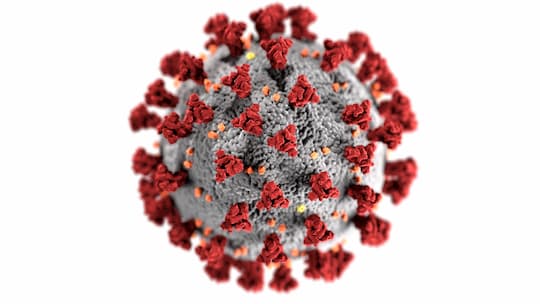Can the vaccines still be effective on the virus mutations and its strains? Experts have the answer.
The novel coronavirus does mutate, but seems to change little, which is why the current vaccines should continue to work, new research finds.
The virus has a slow rate of mutation, even though currently six main strains at a minimum are known to exist.
The results from the largest study on genetic sequencing and the origin of SARS-CoV-2 confirm that the mutations can’t disrupt any efficient vaccine.
Scientists from Bologna University analysed 48,635 genomes of the virus in order to map the novel coronavirus mutations and its spread around the world.
They observed that the virus shows little difference: about seven mutations per sample.
This is good news since the flu (influenza) has twice as much genetic variability as the coronavirus.
Dr Federico Giorgi, the study’s co-author, said:
“The SARS-CoV-2 coronavirus is presumably already optimized to affect human beings, and this explains its low evolutionary change.
This means that the treatments we are developing, including a vaccine, might be effective against all the virus strains.”
The L-strain seem to be the original one detected in Wuhan on December 2019.
This type, along with the S, V, and G strains, are the most common, however the L and V strains are disappearing.
The G type is the most widespread in the world, especially in Europe and Italy and in February 2020 it mutated to GH and GR strains.
Dr Giorgi said:
“Strain G and its related strains GR and GH are by far the most widespread, representing 74% of all gene sequences we analysed.
They present four mutations, two of which are able to change the sequence of the RNA polymerase and Spike proteins of the virus.
This characteristic probably facilitates the spread of the virus.”
The coronavirus map shows that the GH strain is more frequent in Germany, France and North America, whereas the GR strain appears more often in South America.
The G, GH and GR strains are increasing globally and spreading in China and other parts of Asia.
Strain S has been detected in some parts of Spain and the US.
The research team has also noted some rare mutations but are not concerned.
Dr Giorgi said:
“Rare genomic mutations are less than 1% of all sequenced genomes.
However, it is fundamental that we study and analyse them so that we can identify their function and monitor their spread.
All countries should contribute to the cause by giving access to data about the virus genome sequences.”
The study was published in the journal Frontiers in Microbiology (Mercatelli & Giorgi, 2020).

